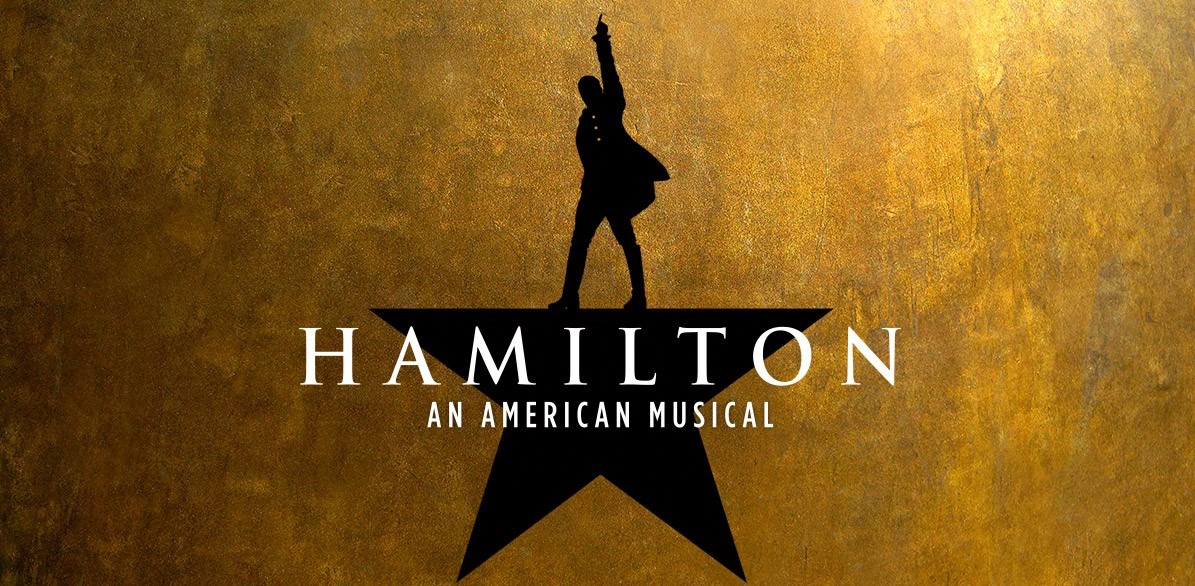
Because we like to give experiences instead of stuff at our house, our daughter’s Christmas present was a trip to see Hamilton. She loves the music and was so excited about her first big girl trip to the theater.
The first time I saw Hamilton was on Broadway, a week before the whole world shut down because of the pandemic. I was not familiar with the storyline or the music then, so I was in overdrive trying to process all that I saw and heard. I’m still in overdrive trying to process all I’ve seen and heard since then and learn from it.
Three years and a pandemic later, my second experience was seeped with thoughts and learning I, personally, gained throughout the pandemic as well as what the first show had taught me to be prepared to take away.
What I found most striking this time around was the contrast between Hamilton and Burr and the build up to the ultimate duel and death of Hamilton. It is a classic study in personality science.
Here’s what I took away:
1. “He has nothing to prove, he has nothing to lose.” vs “a legacy to protect”. These lyrics help us understand that when it comes to personality, our forefathers and their situations actually shape how we behave. In fact, the situations may actually affect the genes that are passed down as seen in some new genomic science you can read about in Super Genes. Hamilton and Burr were both orphans, but in very different contexts. Burr came from a good family, Hamilton came from nothing. This impacted how they saw the world and what behaviors they exhibited.
How has your background, in which you had no choice in the matter about, shaped your personality?
2. “You never back down, you never learn to take your time” vs “wait for it”. The main way you see the contrast between Hamilton and Burr- that is at least in part due to the situations they were born into- is in the contrast between two personality poles- fast paced and outspoken versus cautious and reflective.

The DiSC Model illustrates these poles. The model emphasizes how our natural inclinations towards one of the extremes can create a variety of conflict between individuals if they are seen as opposing approaches that become right or wrong. This view can lead to villainization as opposed to the view that opposites attract and complement one another. When people also retreat to the extremes, instead of being able to self-monitor on what behaviors are best served given the situation and the people, major conflict erupts. In Hamilton and Burr’s case, it festered for years, and then it led to death.
Do you allow people’s differences to polarize or complement?
3. “It’s Quiet Uptown.” The common consensus in personality science is that personality is usually solidified around the age of 25. Your nature and your nurture pretty much combine and by 25 and your personality becomes more of a set rather than fluid state.
However, key life events, usually in the form of major changes and tragedy, can shift our personality. This is no better seen in the song “It’s Quiet Uptown”. This song illustrates how, following Hamilton’s infidelity and the death of his son, he moved his family uptown and found solitude in what was quite contrary to his “you never back down, you never learn to take your time” personality into a slower paced, quiet life. The key events altered his personality, or at least for a time, the way his personality manifested itself in the form of his behaviors.
Have you experienced life altering events that have altered your personality and behavior?
4. “The world is wide enough.” After Burr shoots Hamilton, his monologue makes such a climactic point. He realizes the world was wide enough for both he and Hamilton to exist, thrive in fact, but it’s too late. What would the world have been if Burr and Hamilton had worked together, seeing their opposing personalities and perspectives as an asset instead of a liability?
What would the world look like if you joined forces with your “foe” and used his or her differences to help shape a partnership of impact?
What would things look like if we could see the future instead of reflect on it? No one knows “who lives, who dies, who tells your story,” but if we can learn about how our situations, experiences, and personalities shape us and those around us, maybe we can at least “stay alive” to write a better history where people work together instead of tearing each other apart.




